Home>Gardening & Outdoor>Landscaping Ideas>How Often To Water Grass In Florida Winter
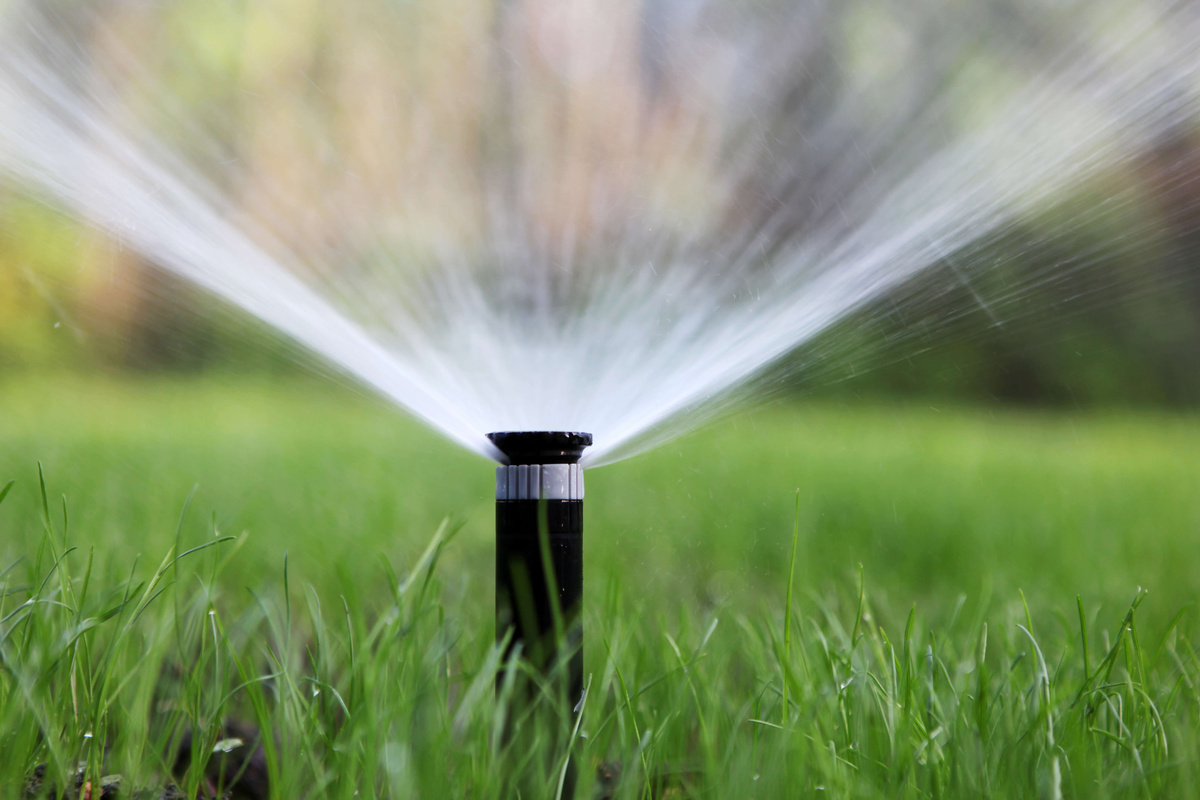

Landscaping Ideas
How Often To Water Grass In Florida Winter
Modified: September 2, 2024
Discover expert landscaping ideas for watering grass in Florida winter. Learn how often to water your lawn to keep it healthy and vibrant throughout the season.
(Many of the links in this article redirect to a specific reviewed product. Your purchase of these products through affiliate links helps to generate commission for Storables.com, at no extra cost. Learn more)
Introduction
Maintaining a lush, vibrant lawn in Florida during the winter months requires a thoughtful approach to watering. As the temperatures fluctuate and precipitation patterns shift, it's crucial to understand the specific needs of your grass to ensure its health and vitality. In this comprehensive guide, we will delve into the nuances of watering your grass during the Florida winter, offering valuable insights and practical tips to help you achieve a thriving lawn even in the cooler months.
Florida's unique climate presents both opportunities and challenges for lawn care enthusiasts. While the state is renowned for its sunshine and warmth, the winter season brings cooler temperatures and varying levels of rainfall. These environmental factors directly impact the water requirements of your grass, making it essential to adapt your watering practices accordingly.
By gaining a deeper understanding of the intricacies of Florida's winter climate and its effects on grass, you can make informed decisions about when and how often to water your lawn. This knowledge empowers you to nurture your grass effectively, promoting robust growth and resilience in the face of seasonal fluctuations.
Throughout this article, we will explore the key considerations for determining the optimal watering frequency for your grass in Florida's winter months. From the impact of temperature and precipitation to the signs of overwatering and underwatering, we will equip you with the knowledge needed to make confident and informed choices when caring for your lawn. Additionally, we will provide practical tips to enhance the efficiency of your grass watering practices, ensuring that your lawn remains healthy and vibrant throughout the winter season.
As we embark on this journey to uncover the best practices for watering grass in Florida's winter, it's important to approach the task with a blend of curiosity and dedication. By embracing the unique characteristics of Florida's winter climate and tailoring your watering routine to suit your grass's specific needs, you can cultivate a stunning lawn that defies the challenges of the cooler months. Let's delve into the intricacies of Florida's winter landscape and unlock the secrets to nurturing a thriving, verdant lawn.
Key Takeaways:
- In Florida’s winter, water your grass every 7-10 days, considering temperature, precipitation, and soil type. Monitor soil moisture and adjust watering to keep your lawn healthy and vibrant.
- Look for signs of overwatering (soggy soil, fungal growth) and underwatering (dull grass, slow growth). Adjust your watering practices to ensure your grass gets the right amount of moisture it needs to thrive.
Read more: How Often To Water The Grass
Understanding Florida Winter
Florida's winter is characterized by milder temperatures and varying levels of precipitation compared to other regions. While the state is renowned for its year-round warmth, the winter season brings distinct changes that impact the maintenance of a healthy lawn. Understanding the nuances of Florida's winter climate is essential for effectively managing the watering needs of your grass.
During the winter months, Florida experiences cooler temperatures, with average lows ranging from the 40s to 60s Fahrenheit in different regions. This shift in temperature can influence the rate of evaporation, affecting the moisture levels in the soil. Additionally, the reduced daylight hours and lower sun angle can contribute to slower grass growth and reduced water uptake.
Precipitation patterns also play a crucial role in shaping Florida's winter landscape. While some regions may experience sporadic rainfall, others may encounter drier conditions. These variations in precipitation can impact the natural moisture levels in the soil, influencing the frequency and volume of supplemental watering required for the grass.
Furthermore, Florida's diverse topography and microclimates contribute to localized differences in winter conditions. Coastal areas may experience milder temperatures and higher humidity levels, while inland regions might encounter cooler nights and lower humidity. These microclimatic disparities underscore the need for tailored approaches to grass watering, taking into account the specific environmental conditions in your area.
In the context of Florida's winter, it's important to recognize the interplay between temperature, precipitation, and regional variations. By acknowledging these factors, you can gain a deeper appreciation for the dynamic nature of Florida's winter climate and its implications for grass care. Armed with this understanding, you can adapt your watering practices to align with the unique demands of the season, nurturing your grass to thrive despite the challenges posed by the cooler months.
As we delve into the intricacies of Florida's winter landscape, it becomes evident that a nuanced approach to grass watering is essential for maintaining a healthy and vibrant lawn. By embracing the distinctive characteristics of Florida's winter climate and tailoring your watering routine to suit your grass's specific needs, you can foster a resilient and flourishing lawn that withstands the seasonal fluctuations with grace.
Factors Affecting Grass Watering Frequency
The watering frequency for grass in Florida during winter is influenced by a myriad of factors that collectively shape the moisture requirements of your lawn. Understanding these factors is crucial for tailoring your watering practices to meet the specific needs of your grass. Here are the key elements that impact grass watering frequency during the Florida winter:
-
Temperature: The fluctuating winter temperatures in Florida directly affect the rate of evaporation and the grass's water uptake. Cooler temperatures can slow down the evaporation process, potentially leading to longer intervals between watering sessions. Conversely, warmer spells may increase the grass's water needs, necessitating more frequent watering to maintain optimal moisture levels in the soil.
-
Precipitation: The varying patterns of rainfall across different regions of Florida play a significant role in determining the grass watering frequency. Areas receiving ample rainfall may require less supplemental watering, while regions with limited precipitation may demand more frequent irrigation to compensate for the moisture deficit. Monitoring local precipitation levels is essential for adjusting your watering schedule accordingly.
-
Soil Type: The composition of the soil in your lawn influences its water retention capacity. Sandy soils, prevalent in certain parts of Florida, drain water more rapidly and may necessitate more frequent watering to prevent moisture depletion. In contrast, clay soils retain water for longer periods, potentially reducing the need for frequent irrigation. Understanding your soil type enables you to tailor your watering frequency to optimize moisture retention and support healthy grass growth.
-
Grass Type: Different grass species exhibit varying tolerance to drought and have distinct water requirements. Warm-season grasses commonly found in Florida, such as St. Augustine, Zoysia, and Bermuda grass, have specific watering needs during the winter months. By considering the water preferences of your grass species, you can adjust the watering frequency to align with their individual requirements, promoting robust and resilient growth.
-
Sun Exposure: The amount of sunlight your lawn receives directly impacts its water loss through evaporation. Shaded areas may retain moisture for longer periods, potentially requiring less frequent watering, while sun-exposed sections may experience faster evaporation, necessitating more regular irrigation to maintain adequate soil moisture levels.
By taking into account these influential factors, you can fine-tune your grass watering frequency to suit the unique conditions of your lawn and the surrounding environment. This thoughtful approach enables you to optimize water usage, promote healthy grass growth, and ensure that your lawn thrives throughout the Florida winter.
Recommended Watering Schedule for Florida Winter
In Florida's winter, establishing a well-defined watering schedule is essential for nurturing a healthy and resilient lawn. By aligning your watering routine with the specific needs of your grass and the prevailing environmental conditions, you can optimize moisture levels in the soil and promote vigorous growth. Here's a comprehensive guide to crafting a recommended watering schedule tailored to the unique demands of Florida's winter season.
-
Frequency of Watering: During the winter months, aim to water your grass approximately once every 7-10 days, adjusting the frequency based on temperature, precipitation, and soil moisture levels. Monitor the weather forecasts and local precipitation patterns to gauge the need for supplemental watering, ensuring that your grass receives adequate moisture without overwatering.
-
Time of Day: Schedule your watering sessions to coincide with the late morning or early afternoon, allowing sufficient time for the grass blades to dry before nightfall. This timing minimizes the risk of prolonged moisture on the grass, reducing the likelihood of fungal diseases and promoting overall lawn health.
-
Duration of Watering: When irrigating your lawn, aim to provide approximately 1 inch of water per session. This depth allows for effective moisture penetration into the soil, nurturing the grass's root system and promoting resilience against winter stressors. Utilize a rain gauge or a collection of shallow containers to measure the volume of water applied, ensuring consistent coverage across the entire lawn.
-
Soil Moisture Monitoring: Regularly assess the moisture levels in the soil to gauge the effectiveness of your watering schedule. Utilize a soil moisture meter or simply perform a manual inspection by probing the soil with a screwdriver to determine its moisture content. Adjust your watering frequency based on these observations, ensuring that the soil remains adequately moist without becoming waterlogged.
-
Adaptation to Grass Type: Consider the specific water requirements of your grass species when crafting the watering schedule. Warm-season grasses prevalent in Florida, such as St. Augustine, Zoysia, and Bermuda grass, exhibit varying tolerance to drought and have distinct watering needs. Tailor your watering schedule to accommodate the preferences of your grass species, promoting optimal growth and vitality.
By adhering to this recommended watering schedule, you can effectively manage the moisture needs of your grass during Florida's winter, fostering a lush and resilient lawn that thrives despite the seasonal challenges. This thoughtful approach to watering not only supports the health of your grass but also contributes to water conservation efforts, ensuring efficient and sustainable lawn care practices.
Incorporating these guidelines into your lawn maintenance routine empowers you to navigate the complexities of Florida's winter climate with confidence, nurturing a vibrant and thriving lawn that enhances the beauty of your outdoor space. Embrace the art of strategic watering, and witness your grass flourish in the face of winter's fluctuations, embodying the resilience and vitality that define a well-cared-for lawn.
Water your grass in Florida winter about once a week, or when the top 1-2 inches of soil feels dry. Adjust based on rainfall and temperature. Avoid overwatering to prevent disease.
Signs of Overwatering or Underwatering
Identifying the signs of overwatering or underwatering is pivotal in maintaining the health and vitality of your grass during Florida's winter. By recognizing these indicators, you can adjust your watering practices to ensure that your lawn receives the optimal moisture it needs to thrive. Here are the key signs to watch for:
Read more: When To Water Grass In Winter
Overwatering
-
Soggy Soil: Overwatering can lead to waterlogged soil, causing it to become excessively wet and soggy to the touch. If you notice persistent dampness and a lack of proper drainage in your lawn, it may indicate that you are overwatering.
-
Fungal Growth: Excessive moisture creates a favorable environment for fungal diseases such as mold, mildew, or mushrooms to proliferate in the grass. Keep an eye out for unusual growths or discoloration on the surface of the soil, as they may signal overwatering.
-
Yellowing or Wilting: While it may seem counterintuitive, overwatering can lead to the yellowing and wilting of grass blades. This occurs as the roots suffocate due to the lack of oxygen in waterlogged soil, resulting in visible signs of distress in the grass.
-
Increased Weed Growth: Overwatered lawns may experience a surge in weed growth, as the excess moisture creates favorable conditions for weed seeds to germinate and thrive. If you notice an uptick in weed presence, it could be a sign of overwatering.
Underwatering
-
Dull, Grayish Grass: Insufficient moisture can cause the grass blades to lose their vibrant green color, appearing dull and grayish. This discoloration is a clear indicator of dehydration and the need for adequate watering.
-
Slow Growth or Dormancy: Underwatered grass may exhibit slowed growth or enter a state of dormancy, where it conserves energy by reducing its metabolic processes. If your lawn appears stagnant in its growth, it may be a sign of inadequate watering.
-
Footprints Remain Visible: When you walk across the lawn and notice that your footprints remain imprinted for an extended period, it suggests that the grass lacks the necessary moisture to recover and regain its resilience.
-
Thinning or Patchy Areas: Areas of the lawn that appear thin or patchy, with sparse grass coverage, may indicate underwatering. Insufficient moisture hinders the grass's ability to spread and regenerate, leading to uneven growth patterns.
By remaining vigilant for these telltale signs, you can proactively address any issues related to overwatering or underwatering, ensuring that your grass receives the precise amount of moisture it needs to thrive during Florida's winter. Adjusting your watering practices in response to these indicators will contribute to the overall health and resilience of your lawn, allowing it to flourish despite the seasonal challenges.
Tips for Efficient Grass Watering in Florida Winter
-
Mulch Application: Applying a layer of organic mulch around your grass helps retain soil moisture, reduces evaporation, and regulates soil temperature. This natural insulation minimizes water loss and promotes a more consistent moisture environment for the grass roots.
-
Deep Watering: Encourage deep root growth by watering your grass less frequently but with a greater volume of water. This practice promotes stronger and more resilient root systems, enabling the grass to withstand winter stressors and absorb moisture more effectively.
-
Watering in Moderation: Avoid excessive watering, as it can lead to water runoff and wastage. Instead, focus on providing the grass with the right amount of moisture it needs, ensuring efficient water usage and minimizing environmental impact.
-
Adjusting Irrigation Systems: If you utilize automated irrigation systems, adjust the settings to align with the specific watering needs of your grass during the winter months. Fine-tune the timing and duration of watering cycles to optimize moisture delivery and prevent overwatering.
-
Rainwater Harvesting: Consider implementing rainwater harvesting techniques to collect and store rainwater for later use in watering your grass. This sustainable approach reduces reliance on traditional water sources and provides a natural, chemical-free alternative for nourishing your lawn.
-
Aerating the Soil: Periodically aerating the soil alleviates compaction and enhances water penetration, allowing moisture to reach the grassroots more effectively. This practice promotes improved soil structure and facilitates better absorption of water by the grass.
-
Monitoring Weather Patterns: Stay attuned to local weather forecasts and precipitation trends to adjust your watering schedule accordingly. By leveraging natural rainfall and supplementing it with targeted irrigation, you can optimize water usage and support the health of your grass.
-
Utilizing Drought-Tolerant Grass Varieties: Consider incorporating drought-tolerant grass species into your lawn, such as certain varieties of Bermuda grass or Zoysia grass. These resilient grass types require less water, making them well-suited for Florida's winter conditions.
-
Regular Maintenance of Equipment: Ensure that your watering equipment, such as sprinklers or hoses, is well-maintained to prevent leaks or inefficiencies. Properly functioning equipment facilitates precise and effective water distribution, maximizing the impact of your watering efforts.
-
Observing Local Watering Restrictions: Adhere to any local watering restrictions or guidelines in your area to promote responsible water usage. By respecting these regulations, you contribute to sustainable water management practices while nurturing a healthy lawn.
By implementing these tips for efficient grass watering in Florida's winter, you can cultivate a thriving and resilient lawn while conserving water resources and minimizing environmental impact. Embracing these practices empowers you to navigate the complexities of winter lawn care with confidence, fostering a vibrant outdoor space that reflects your commitment to sustainable and effective grass maintenance.
Frequently Asked Questions about How Often To Water Grass In Florida Winter
Was this page helpful?
At Storables.com, we guarantee accurate and reliable information. Our content, validated by Expert Board Contributors, is crafted following stringent Editorial Policies. We're committed to providing you with well-researched, expert-backed insights for all your informational needs.
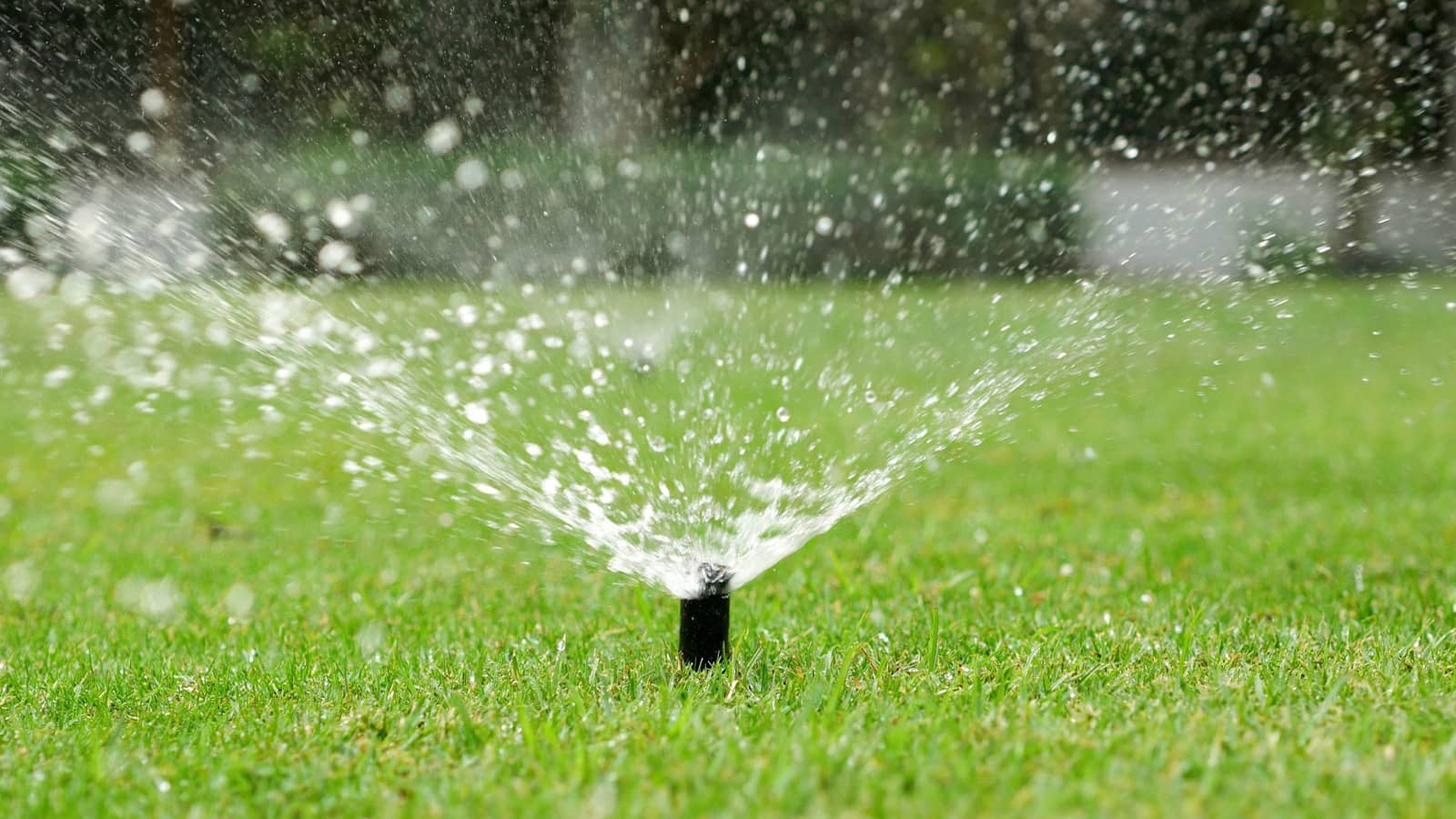
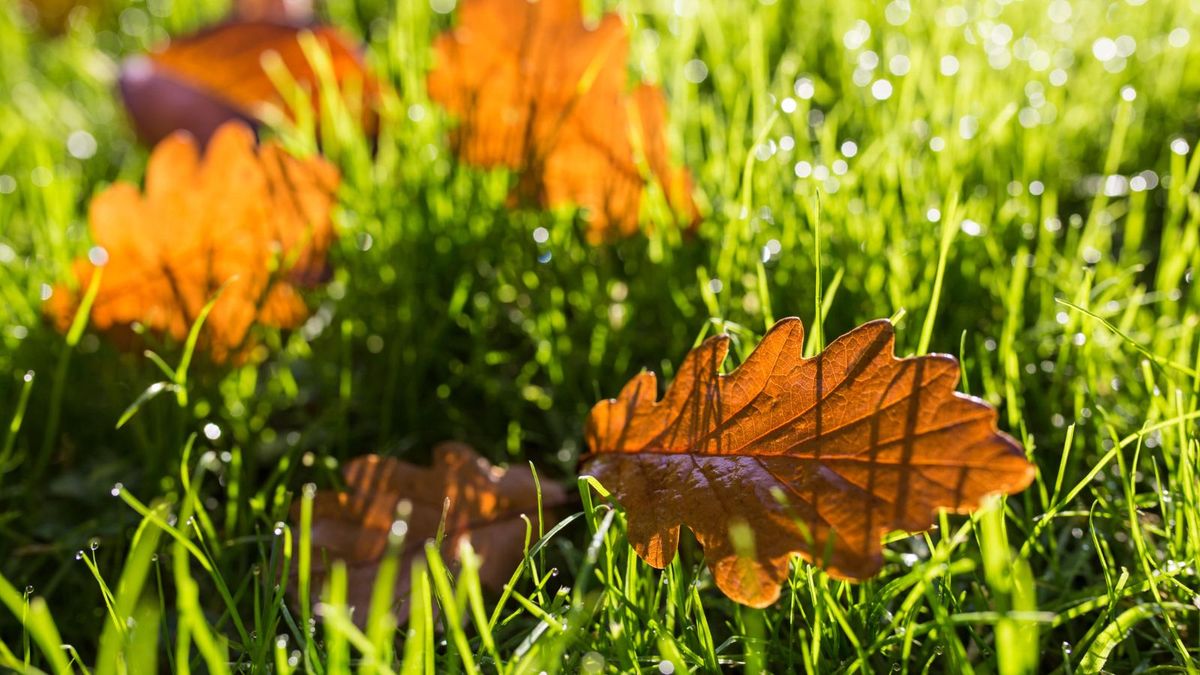
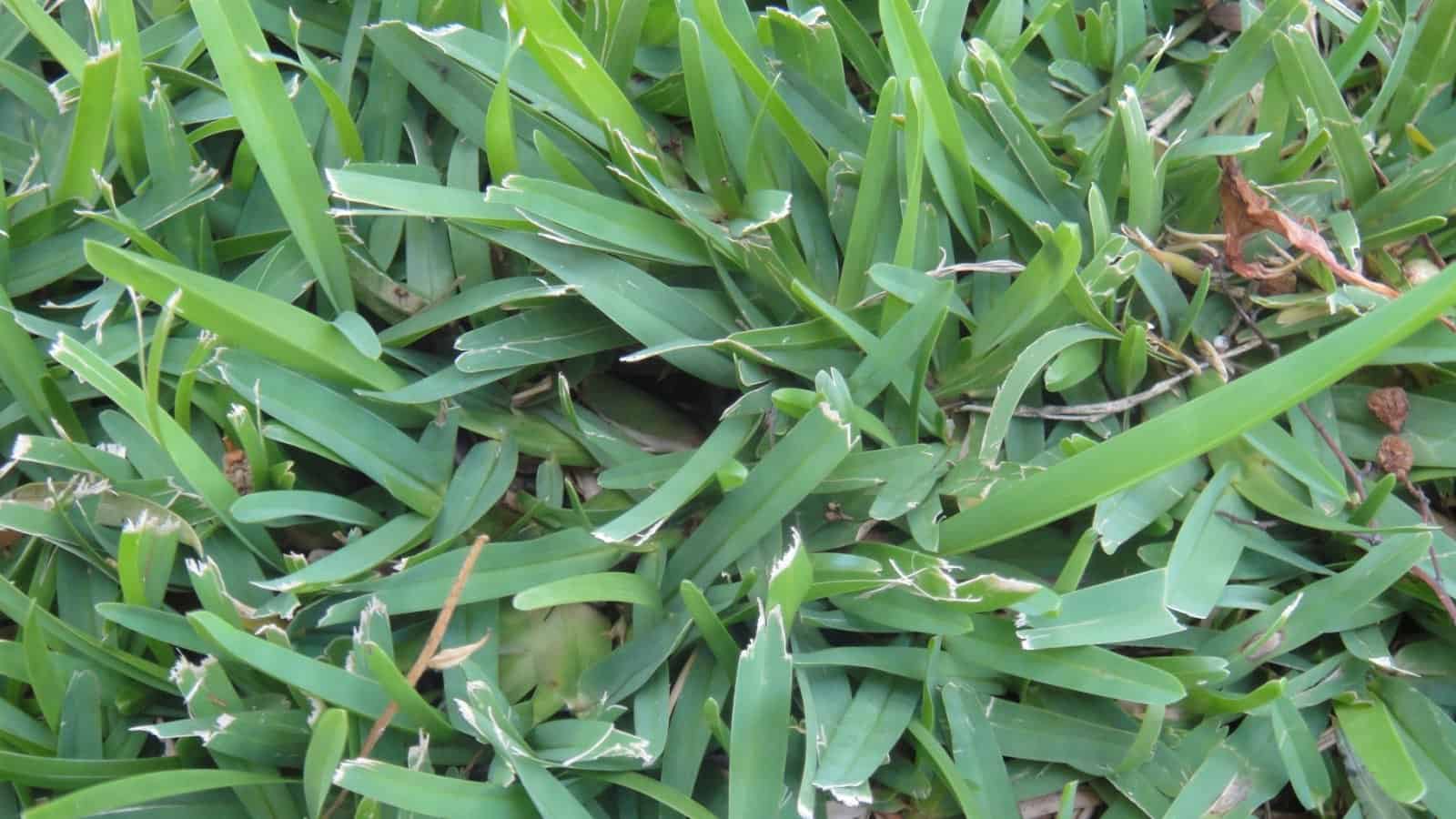
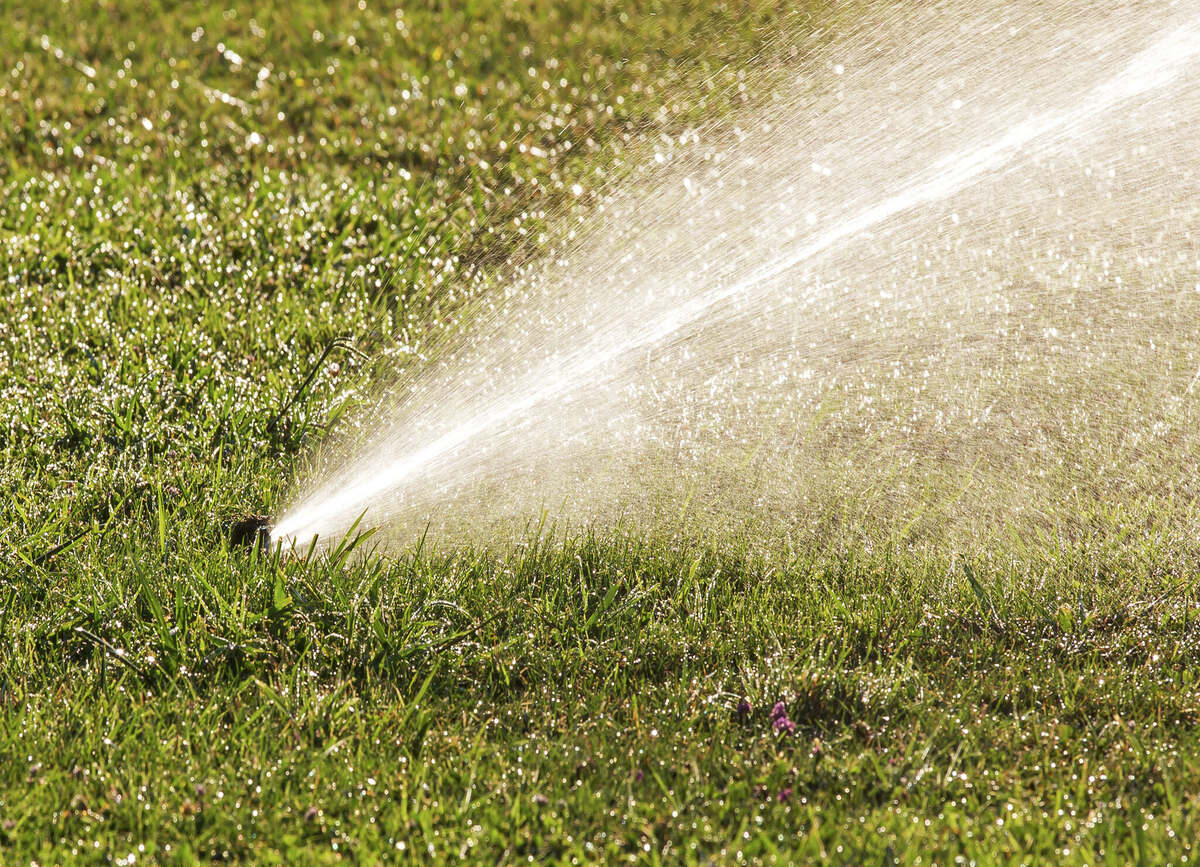
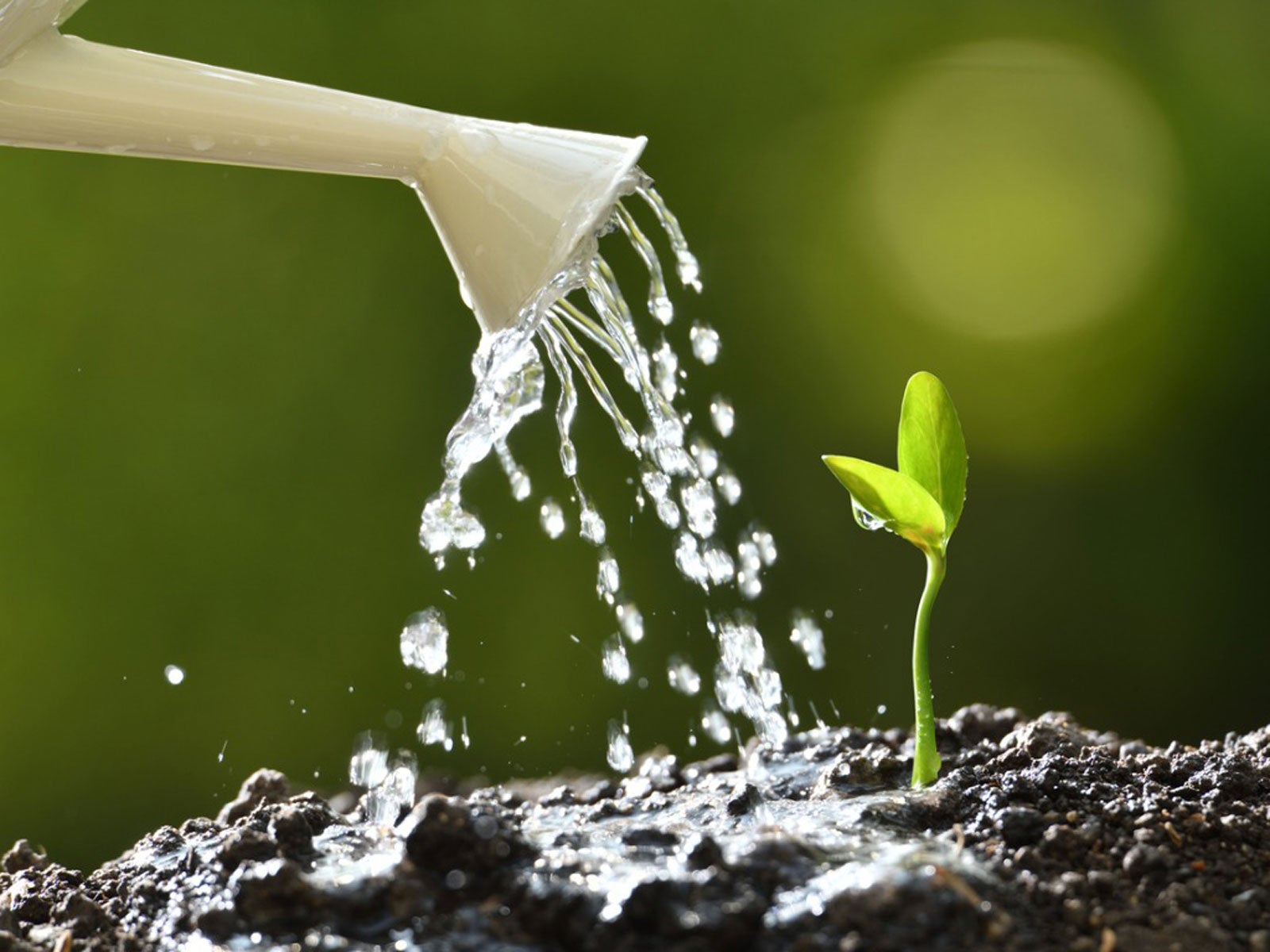
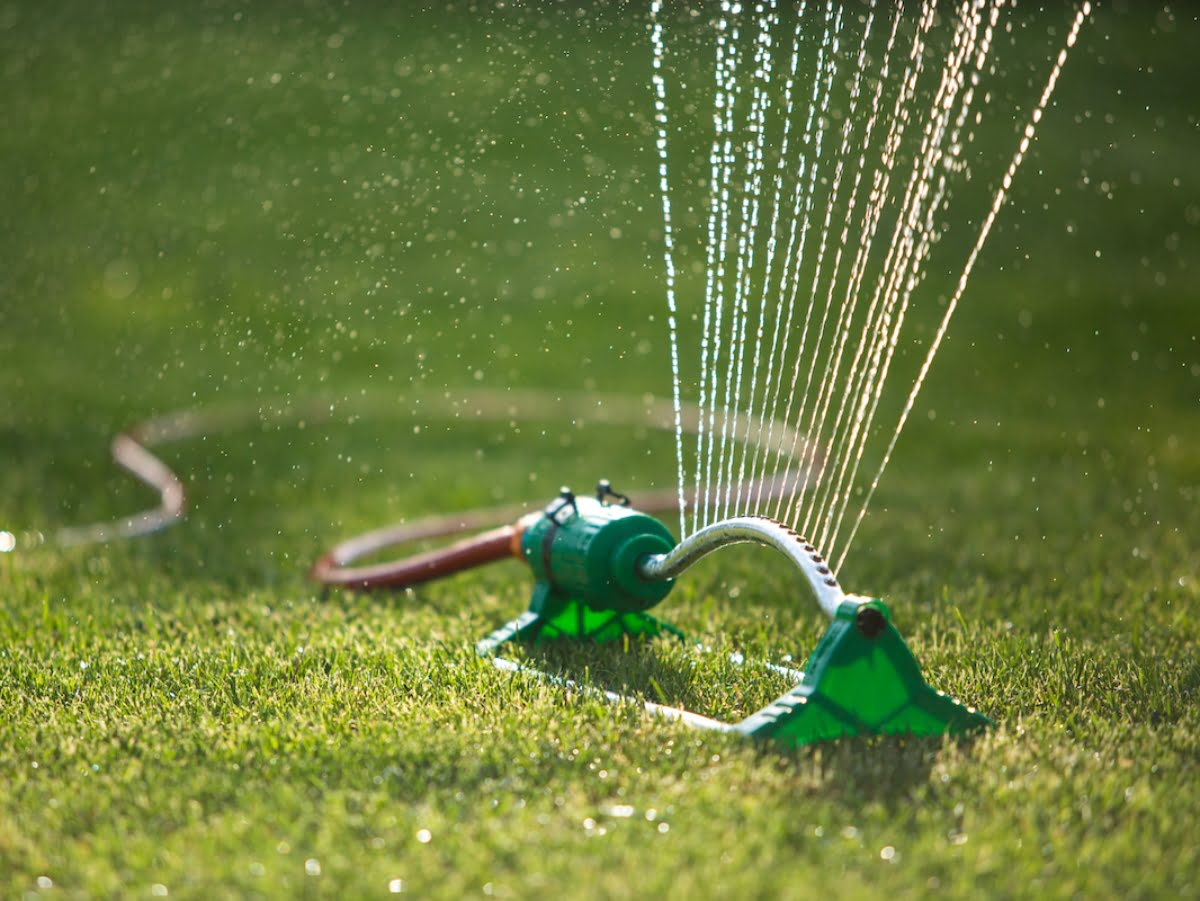
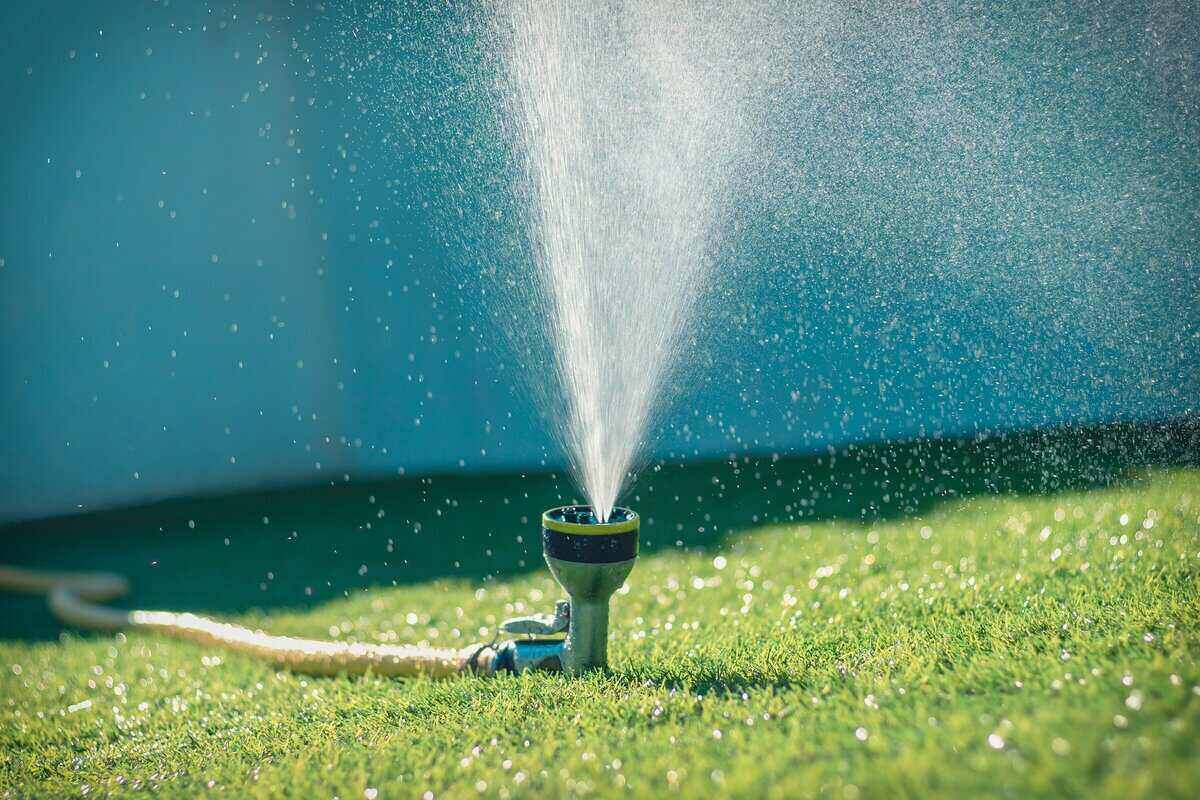
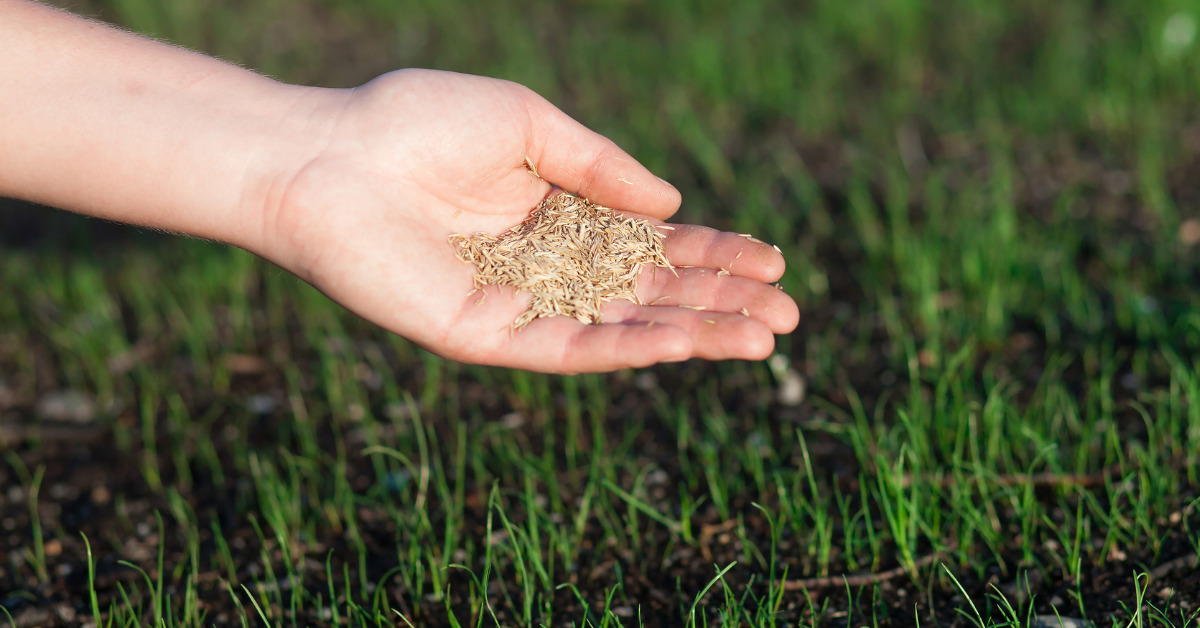
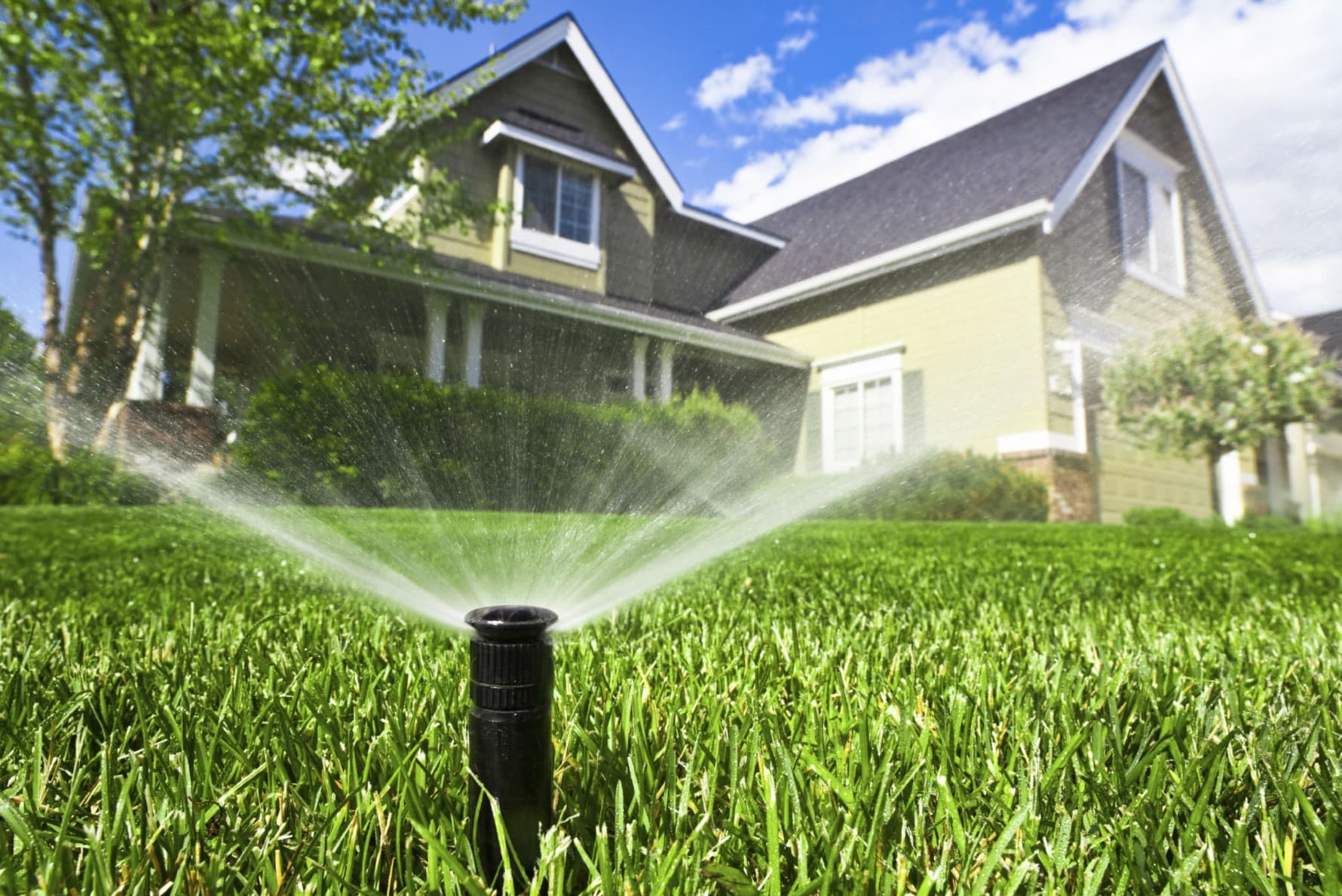
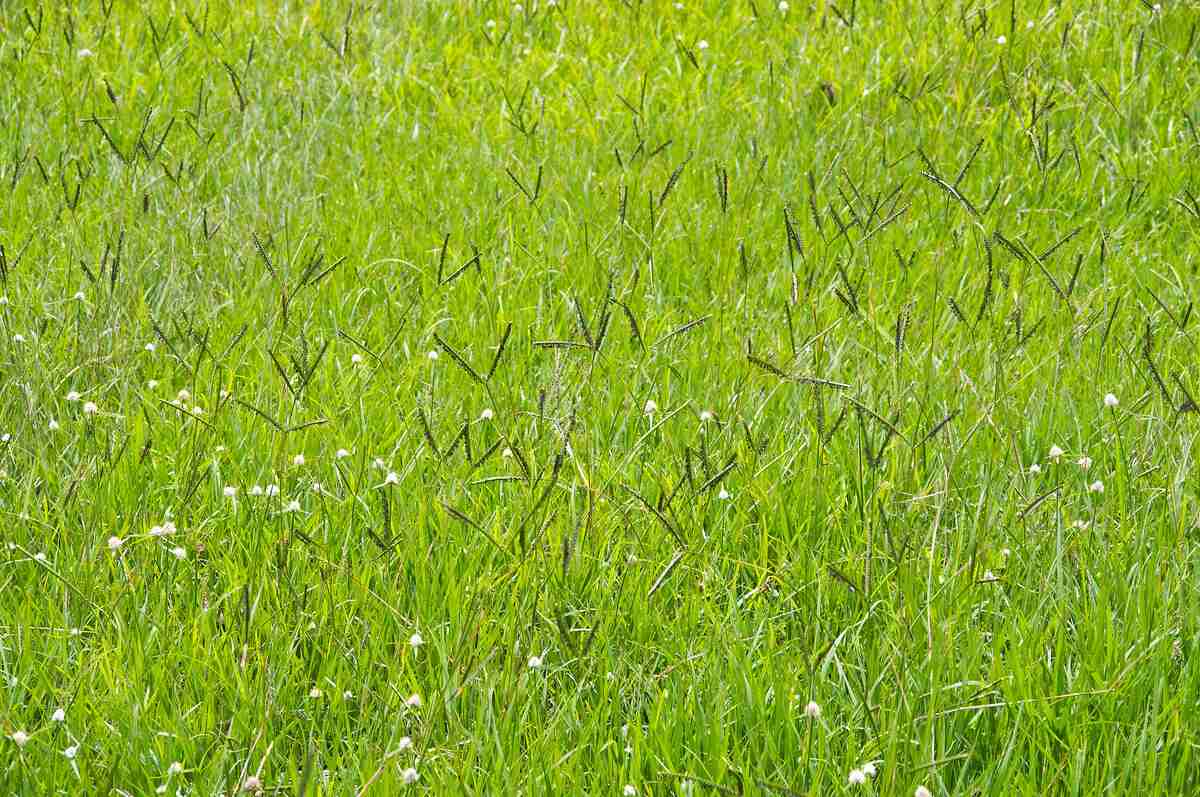

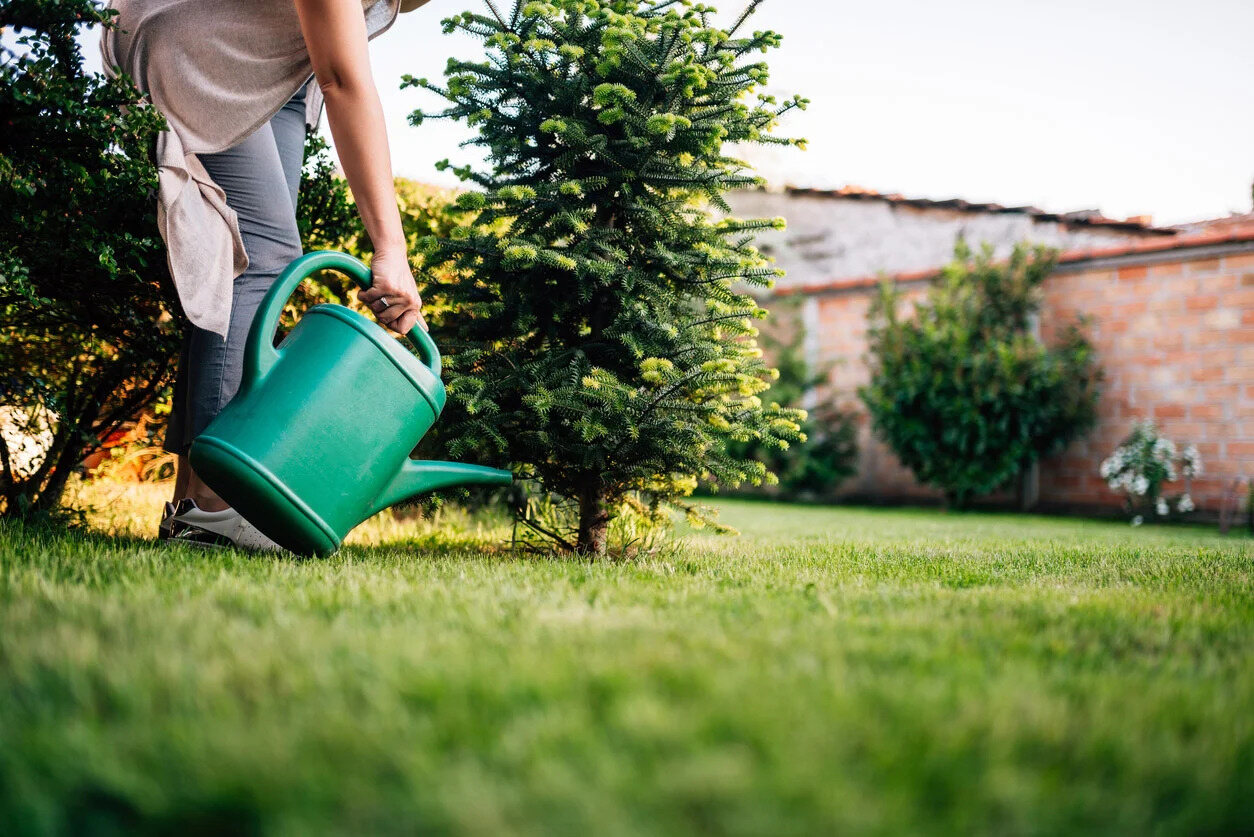

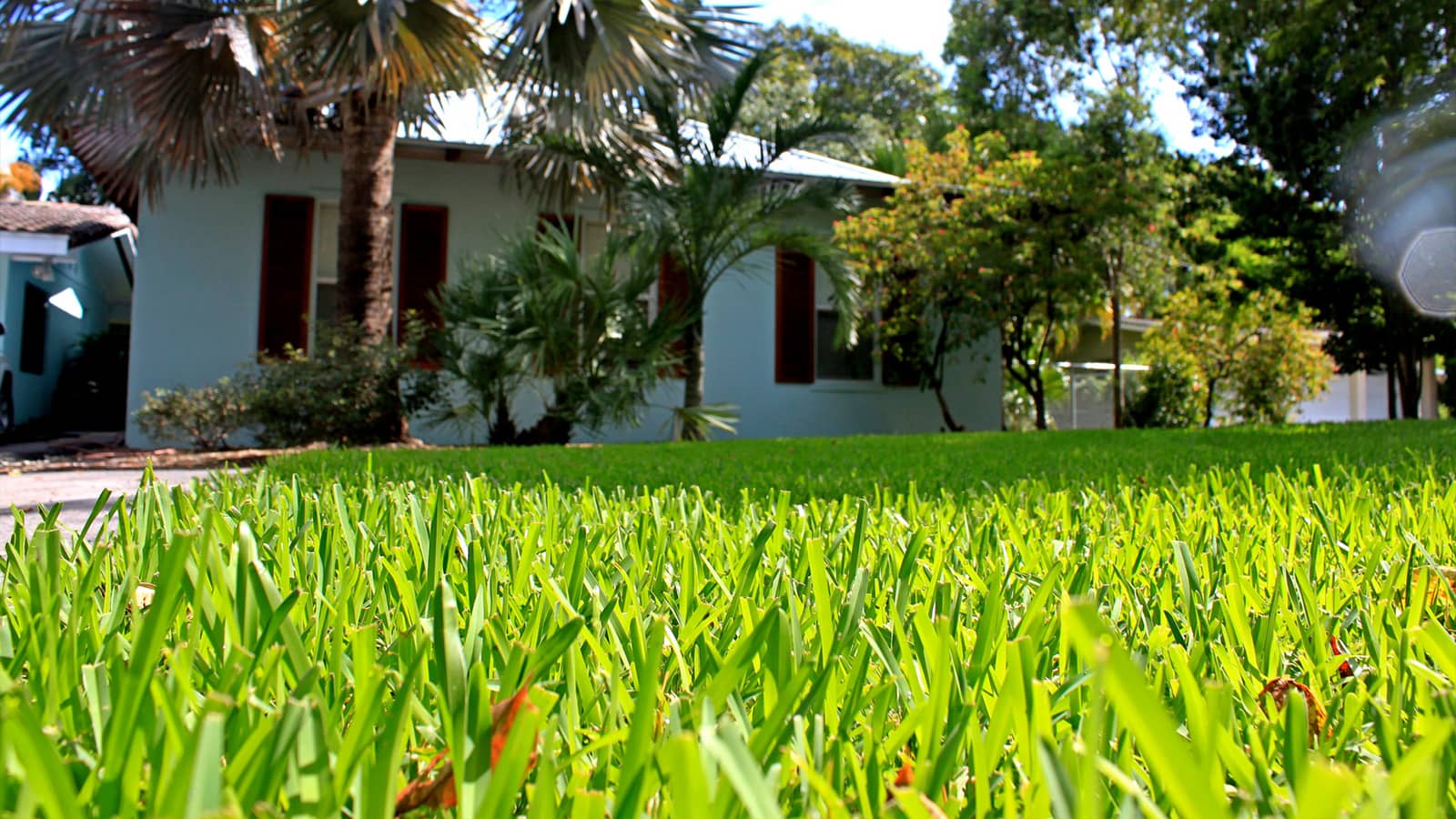

0 thoughts on “How Often To Water Grass In Florida Winter”